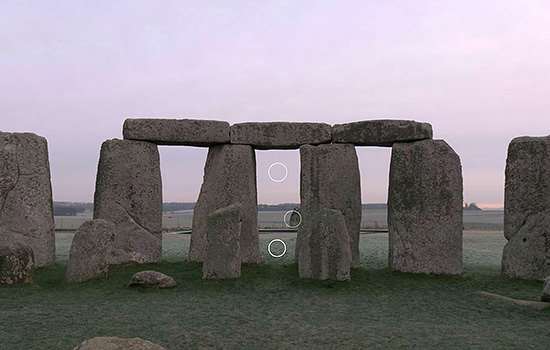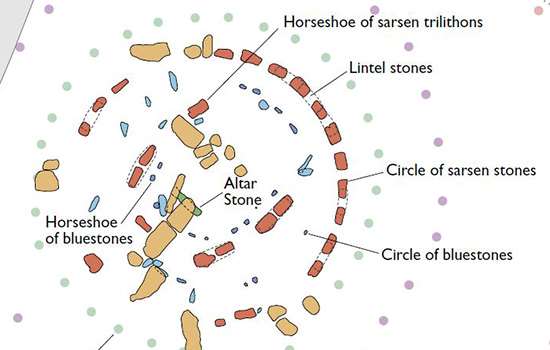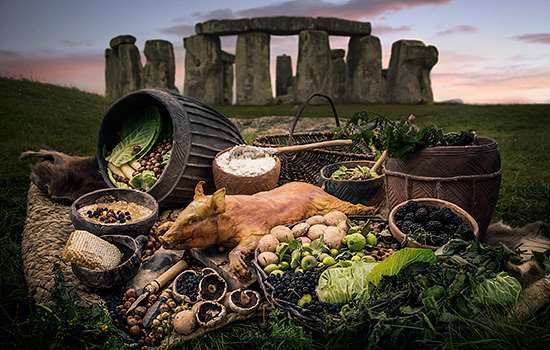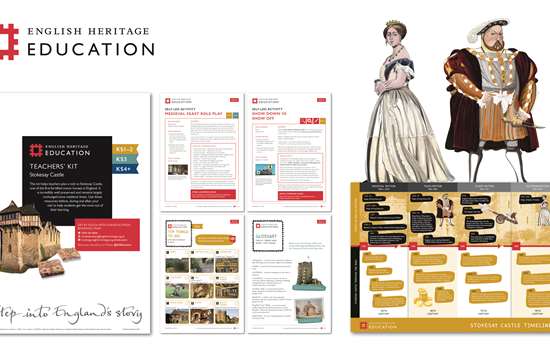Solstice 2024 Livestream
Watch the solstice live from Stonehenge on 20-21 June wherever you are, and join people around the world in witnessing the unique sight of the sun rising in line with the stones.
Encourage your learners to consider how people throughout history have viewed this spectacle. Stonehenge has been considered a special ancient monument for thousands of years – the Romans used to visit, as have people from every period since.
Watch the SolsticeWhat is solstice?
The shortest (winter) and longest (summer) days are known as the winter and summer solstices. They occur in the northern hemisphere around 21 December (winter) and 20 June (summer).
Explore what the solstice is and why it happens with space scientist Maggie Aderin-Pocock. Then watch the summer and winter solstices unfold in our timelapsed and real time videos. You can also check this year's solstice timings to make sure you tune in to experience this special event live.
-
Maggie Aderin-Pocock Explains the Solstice
Space scientist Maggie Aderin-Pocock explains what the solstice is and why it occurs.
-
Summer Solstice at Stonehenge
Watch a timelapsed video of the 2019 summer solstice at Stonehenge.
-
Winter Solstice at Stonehenge
Watch a real-time video of the 2017 winter solstice at Stonehenge.
-

Summer Solstice Timings
Check here for the timings of this year's summer solstice.
How Was Stonehenge Created?
Watch our animation to find out more about the myths and legends around the building of Stonehenge. Discover how the monument was really created and what it might have been used for.
Stonehenge and Solstice
The stones of Stonehenge have marked the summer and winter solstices for thousands of years.
Discover more about the links between the monument and the solstices by taking a virtual tour, investigating our skyscape and reading about our research into this ancient site.
Your learners could use their new knowledge to create a poster or presentation for their class or adults and siblings at home to share information about Stonehenge and the solstice.
-

Understanding Stonehenge
Find out more about the importance of the solstice axis at Stonehenge and other things we’ve learned about the alignment of the stones.
-

The English Heritage Podcast (E63) - Written in the Stars: Summer Solstice and Stone Circles
Listen as our Senior Properties Historian, Susan Greaney, discusses the importance of the solstice to Stonehenge and the other prehistoric monuments aligned with it.
-

Virtual Tour of Stonehenge
Take an interactive tour of Stonehenge with this 360 degree view from inside the stones, which explores the monument’s key features.
-

Skyscape
Take a look at the live view from within the stones. Learn about the movements of the sun, moon and planets.
-

The English Heritage Podcast (E16) - Studying the Skies above Stonehenge
Join space scientist, Maggie Aderin-Pocock to find out more about the role astronomy might have played in prehistoric life and what you should look out for in the skies above Stonehenge.
-

Winter Solstice and Stonehenge
Find out what the winter solstice is and why our ancestors might have built this extraordinary monument.
Build Your Monument
Now it's time to build your own prehistoric monument.
Use our activities to build your own Biscuit Henge or small-scale Stonehenge model. Find out more about the building of Stonehenge to inspire your creations and raise the stones virtually using our interactive game.
Don't forget to share your monuments with us @EHEducation.
-

Biscuit Henge (KS1-KS2) - Stonehenge Teachers' Kit
Want to build Stonehenge? This activity will help you build your own Biscuit Henge.
-

Small-Scale Stonehenge (KS3) - Stonehenge Teachers' Kit
Could you be a Stonehenge engineer? Use this activity to help you build an accurate small-scale model of Stonehenge’s final phase.
-

Stonehenge: Stand or Fall? Game
Can you raise Stonehenge or will it fall? Try building the monument with this interactive game.
-

Building Stonehenge
Stonehenge is a masterpiece of engineering. How did Neolithic people built it using only the simple tools and technologies available to them?
Position Your Monument
Stonehenge's position in the landscape is crucial to its role in marking the solstice.
Search our interactive maps of the monument and explore our reconstructed drawings to find out more about Stonehenge's environment through history. Study our site plan and carry out further video research into prehistoric life to better understand Stonehenge and its landscape.
Learn about the area around Stonehenge and use your new knowledge to position your own monument within a prehistoric-style landscape.
-

Interactive Maps of Stonehenge
Discover what the landscape around Stonehenge has looked like from before the monument was built through to the present day.
-

Stonehenge Reconstructed
Explore detailed reconstruction images depicting Stonehenge and nearby monuments from the early Neolithic period to the Bronze Age.
-

Plan of Stonehenge
Download this PDF plan to see the phases of the building of Stonehenge, from the first earthwork to the arrangement of the bluestones.
-

Video Research (KS1-KS2) - Stonehenge Teachers' Kit
Investigate prehistory by researching the period using our themed videos. Use your new knowledge of prehistoric life to position your monument to best advantage.
Celebrate!
Although we don't know exactly how Stonehenge was used as a monument, we do know something about what the people who built it were eating.
Uncover the story of prehistoric feasting and use our videos and articles to inspire your own celebratory solstice feast.
Find out more about feasting in the prehistoric period and learn how to make prehistoric cheese. Then discover what people visiting Stonehenge through history would have been eating with our food timeline.
-

Food and Feasting at Stonehenge
Find out what the people who built and used Stonehenge ate, how they cooked and served their food, and the cutting-edge science behind these discoveries.
-
Stonehenge Feast: What did the Stonehenge Builders Eat?
Watch as we shed light on the diet and lifestyles of the people who built and used Stonehenge, drawing on recent archaeological discoveries and ground-breaking science.
-
How to make prehistoric cheese
Discover how cheese was made in prehistory through this video demonstration.
-

Timeline of Food in Britain
Use this timeline to find out when different foods became widely available in Britain.




